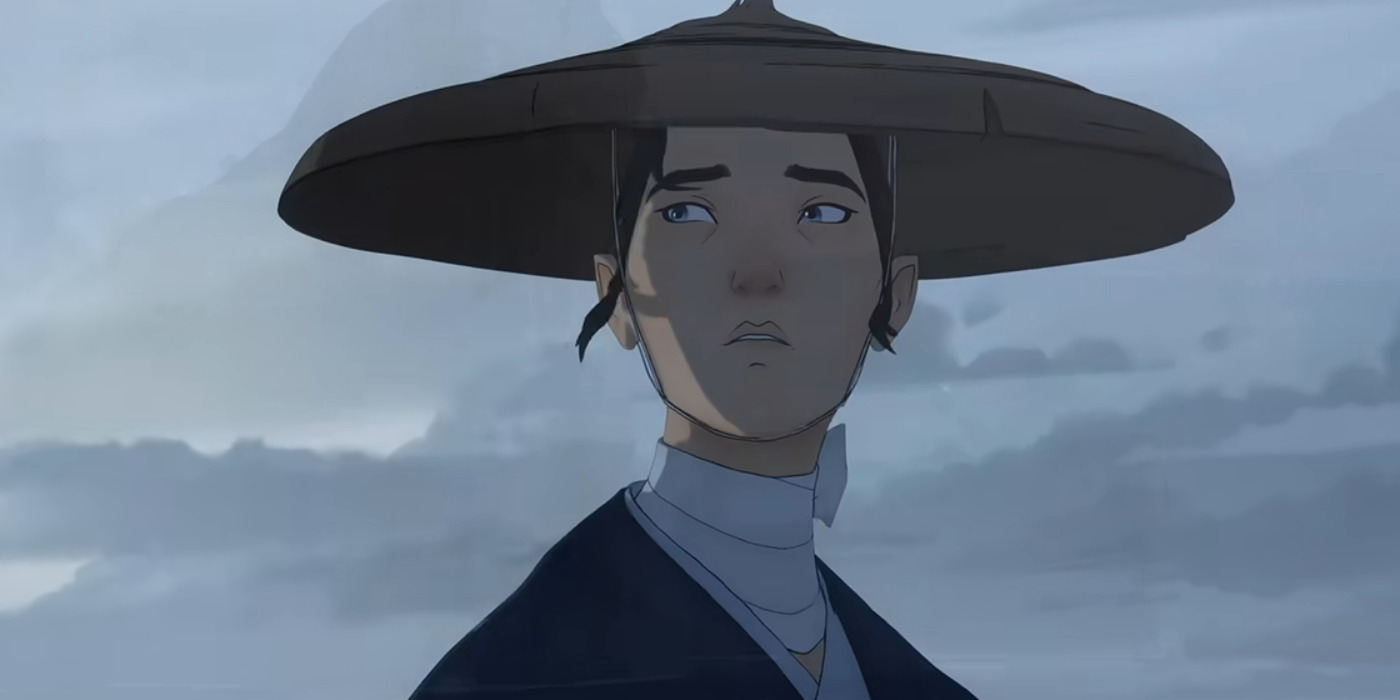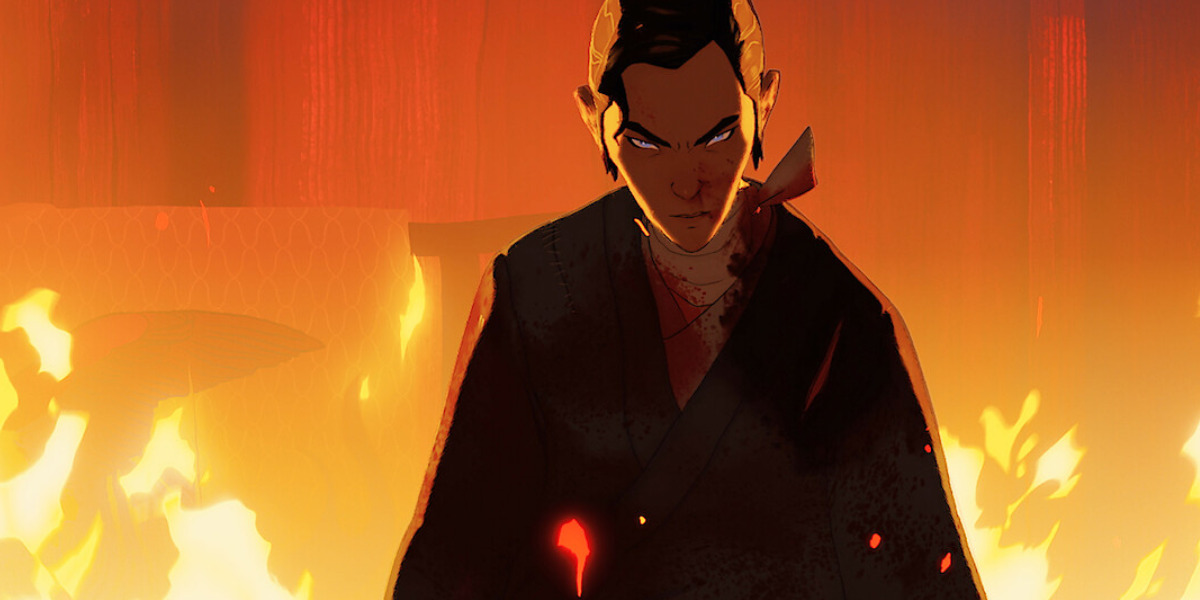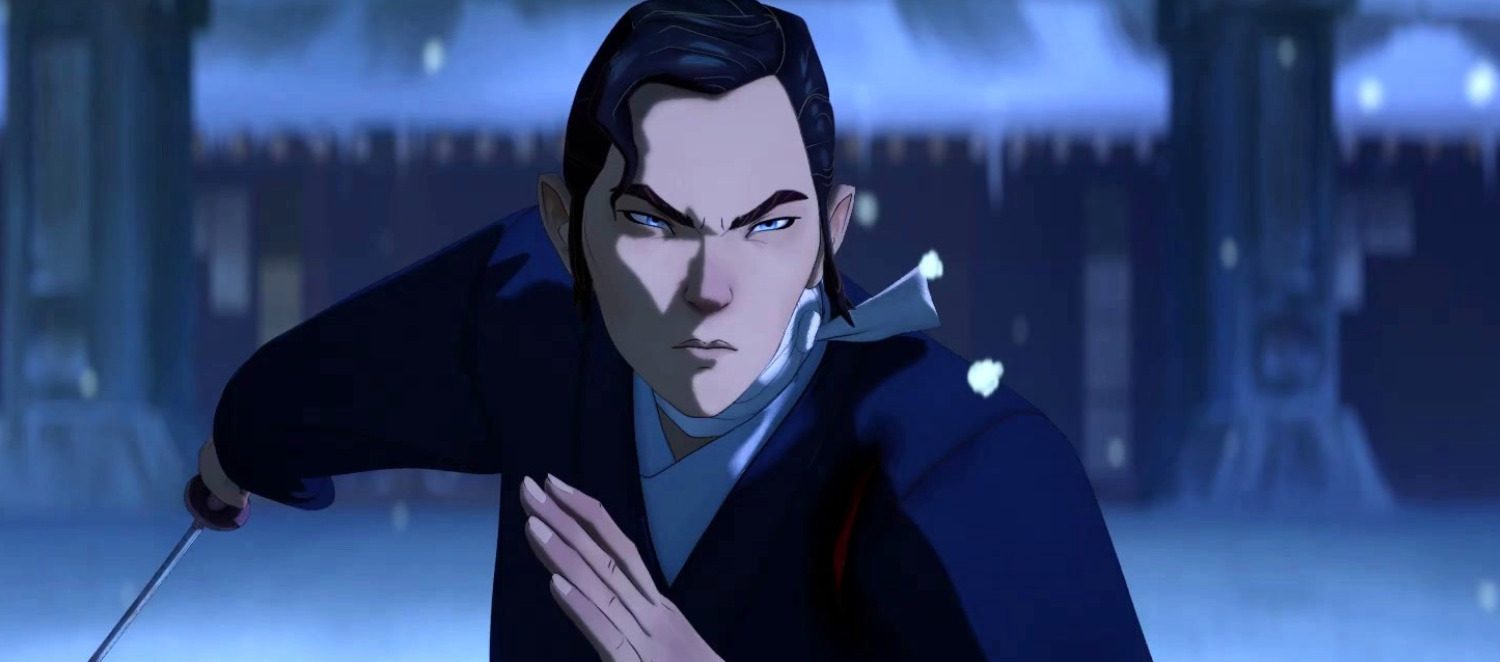‘Blue Eye Samurai,’ the animated Netflix show about a half-Asian, half-white warrior in Japan’s Edo period, essays a nuanced revenge plot helmed by Mizu, the titular character. Born as an outcast for her mixed race, Mizu grows up with little else but retribution in her mind against her unknown father, one of the only four white men who reside in Japan with ill intentions. On her journey to revenge, the woman, who lives disguised as a man for her benefit, crosses paths with many friends, namely enthusiastic apprentice Ringo, Princess Akemi, and Samurai Taigen, and faces off against the deadly Abijah Fowler.
As the show’s central character, Mizu’s story is ripe with the narrative-defining themes of societal isolation, self-discovery, and hunger for vengeance. Furthermore, her position as an incognito female samurai in a period of political unrest infuses her character with a significance that many may find fascinating. For the same reason, subsequent curiosity is bound to arise about her character’s origins.
Mizu’s Character Origins
Mizu is a fictional character confined to the fabricated world of ‘Blue Eye Samurai,’ made by creators Amber Noizumi and Michael Green. The duo partnered both in their show-running endeavors and private lives, initially came across the base premise for the show— of a samurai with blue eyes— after the birth of their blue-eyed mixed-race daughter. Inspired by the nickname they coined for their kid, “a little blue-eyed samurai,” the two went on to craft the narrative that ultimately became their debut show.

Some of their early conversations around the show involved talks about how “back in the Edo period starting in 17th-century Japan, it would’ve been illegal to be white. Nobody would’ve wanted to look white like that.” Thus, the central core of Mizu’s character— her conflict about her identity as a half-white woman in Japan— was born.
Noizumi, who wrote and directed several episodes, was able to relate to this aspect of Mizu’s character— as a half-white, half-Japanese woman herself, in an intricate manner and provide authentic insight. “[Well,] I will say it was cathartic to write Mizu’s character,” said the creator while discussing the show. “A lot of us who feel marginalized for any reason at all, whether it be our race, orientation, or any number of things, it’s uncomfortable to talk about. To be able to write a fictional character who gets to just do the utmost things and have the biggest reactions to confrontations was extremely therapeutic for me, very personal, and fun to write.”
Furthermore, Jane Wu, Noizumi and Green’s co-creator in the show, also brought her own connection with Mizu to the table and enhanced her identity as a woman in a male-dominated profession. In particular, the supervising director found kinship in Mizu for her decision to disguise herself as a man since Wu herself has had to employ similar tactics of using her initials in her portfolio to ensure she isn’t dismissed due to her gender. As such, these identity-driven details of Mizu’s character, which inform much of her experiences and developed traits, all have rich roots in real life, rendering the samurai inherently relatable for many viewers despite her fictionality.
Historical Female Samurais
Although Mizu isn’t based on any real-life specific samurais from Japan’s history, her identity as a female warrior, or even one disguised as a man, isn’t entirely unfounded. While there have been different accounts of female Japanese warriors over the years, the story of female samurais’ involvement in the 1869 Battle of Aizu may bear the most relevance to Mizu’s storyline.

During the Battle of Aizu, when imperial forces were invading the region, the local population had their commands to seek fortification in the Tsuruga Castle. In defending this castle against their enemies, several Aizu women decided to take up arms for their protection. According to Diana E. Wright, a specialist of gender and religion in early modern Japan, these women were trained for such situations through combat training and other education that made them “equally skilled in the ways of the pen and the sword.”
In fact, these women hailed from a longstanding tradition of female Japanese warriors titled “Onna-Bugeisha,” which translates to female martial arts masters. One such Aizu woman, Nakano Takeko, who fought against gender-based restrictions against her army duty, led her own army of female warriors, “Aizu Joshitai,” during the battle. In describing her presence on the battlefield, sources have stated, “With her [Takeko’s] tied-back hair, trousers, and steely eyes [she] radiated an intense male spirit and engaged the enemy troops, killing five or six with her halberd.”
Similarly, one can find several other instances of female samurais throughout Japan’s history, such as Tomoe Gozen, a renowned historical Onna-Bugeisha, who led 300 female samurais into the Genpei War, as far back as the 12th century. Consequently, despite Mizu’s general lack of basis as a historical figure, her storyline holds some roots in reality.
Read More: Best Samurai Anime of All Time


You must be logged in to post a comment.